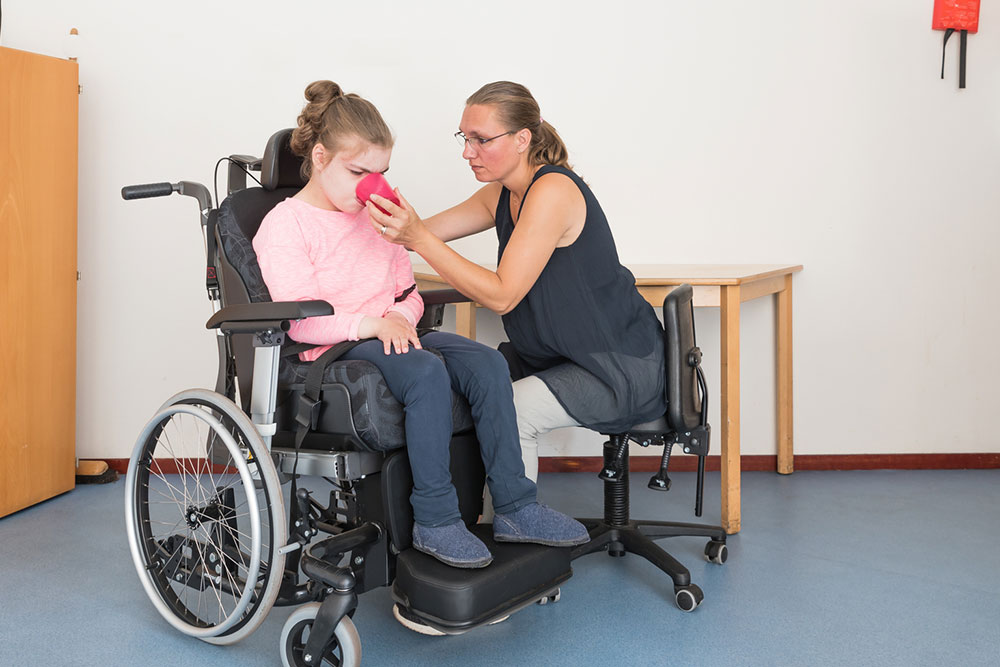
health
11 foods to help whiten teeth naturally
Teeth staining can happen for several reasons, such as aging, poor eating habits, and an unhealthy lifestyle. To combat this, one could follow good oral hygiene, periodic dental cleaning, and professional tooth whitening to improve the color of the teeth. But apart from these measures, individuals could also make certain lifestyle choices, such as eating healthy foods. Below is a list of eleven foods that should be part of one’s meal regime for brighter teeth. Strawberries Eating strawberries could benefit one’s teeth, especially its color. The berry is rich in malic acid concentration, a property used in many toothpaste formulas. The acid works like a natural astringent and helps remove the tooth surface discoloration. One should note that strawberries are also abundant in citric acid, which may weaken the enamel. Therefore, each individual must wait at least 30 minutes to brush their teeth after consuming strawberries or other acidic foods. One could also rinse their mouth with water to negate the effects of citric acid after eating the berry. Onions Many are unaware of the health benefits associated with onions regarding oral hygiene. While the vegetable might cause bad breath, eating it in small amounts may benefit the teeth. The food contains antibacterial sulfur compounds that may prevent plaque from forming on the teeth.
Read More 















